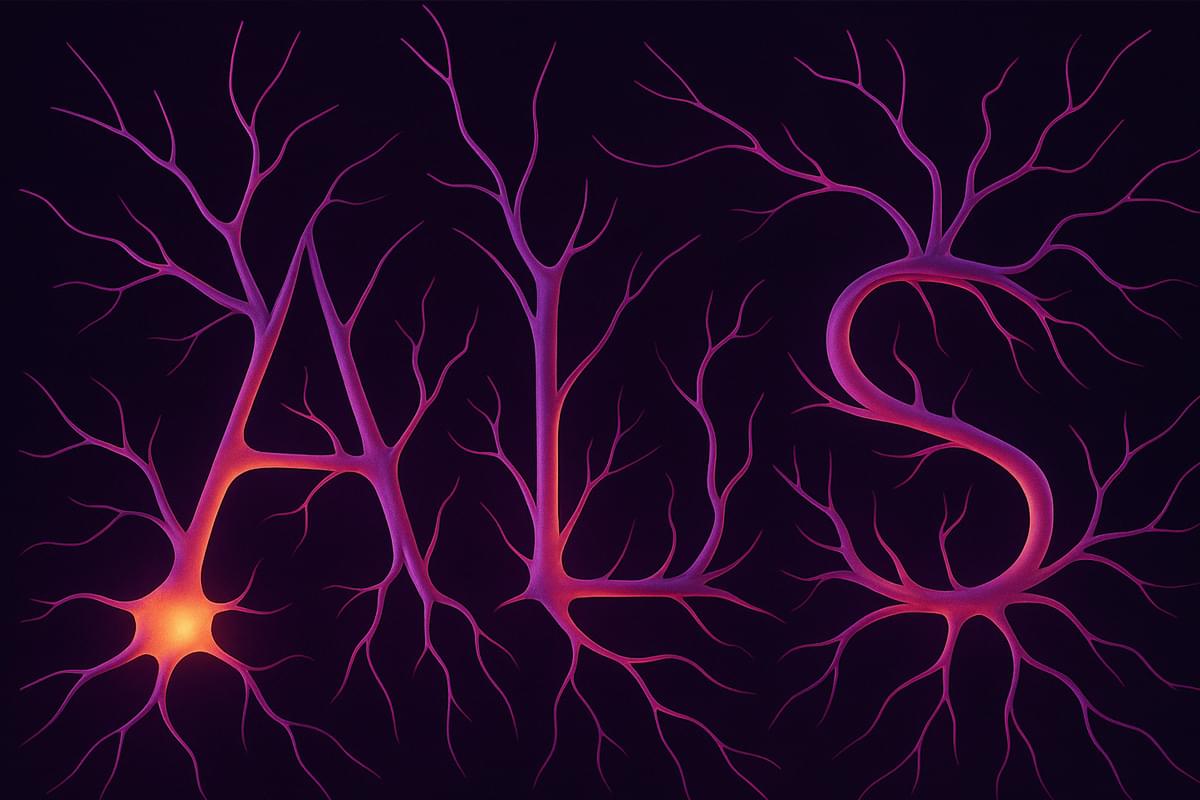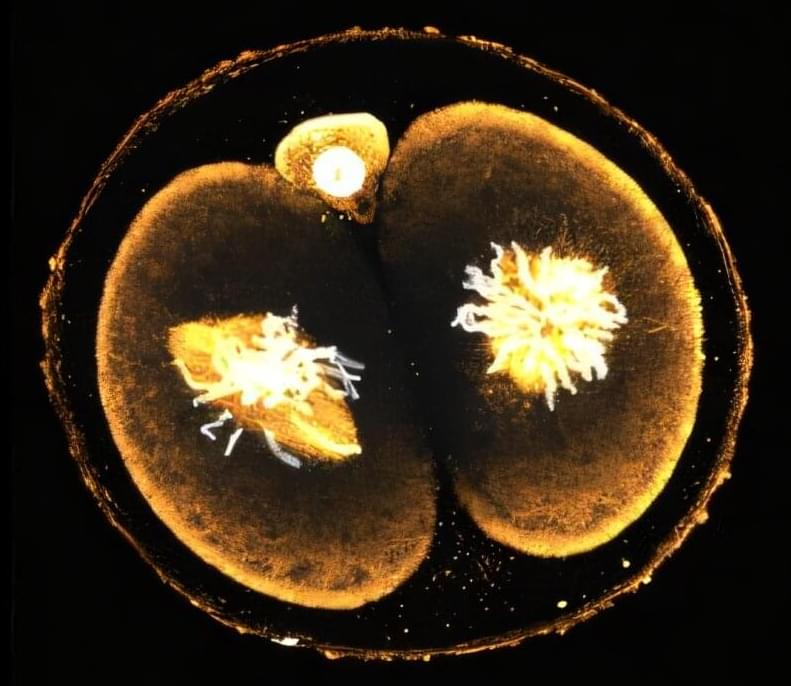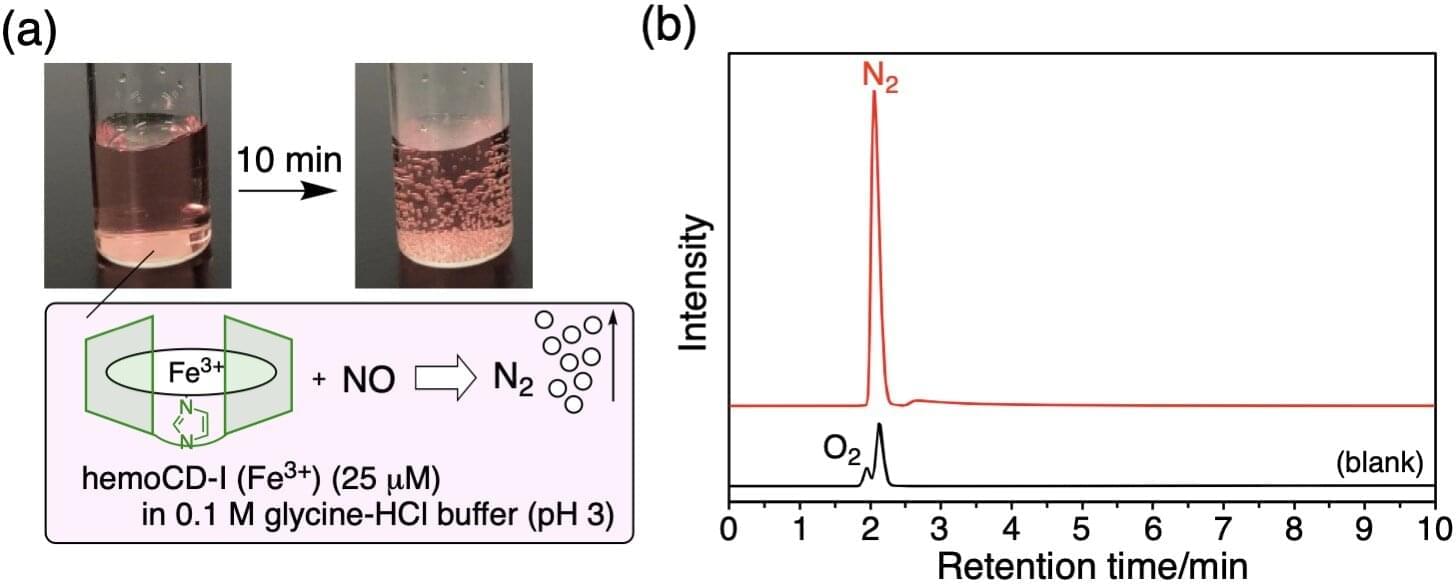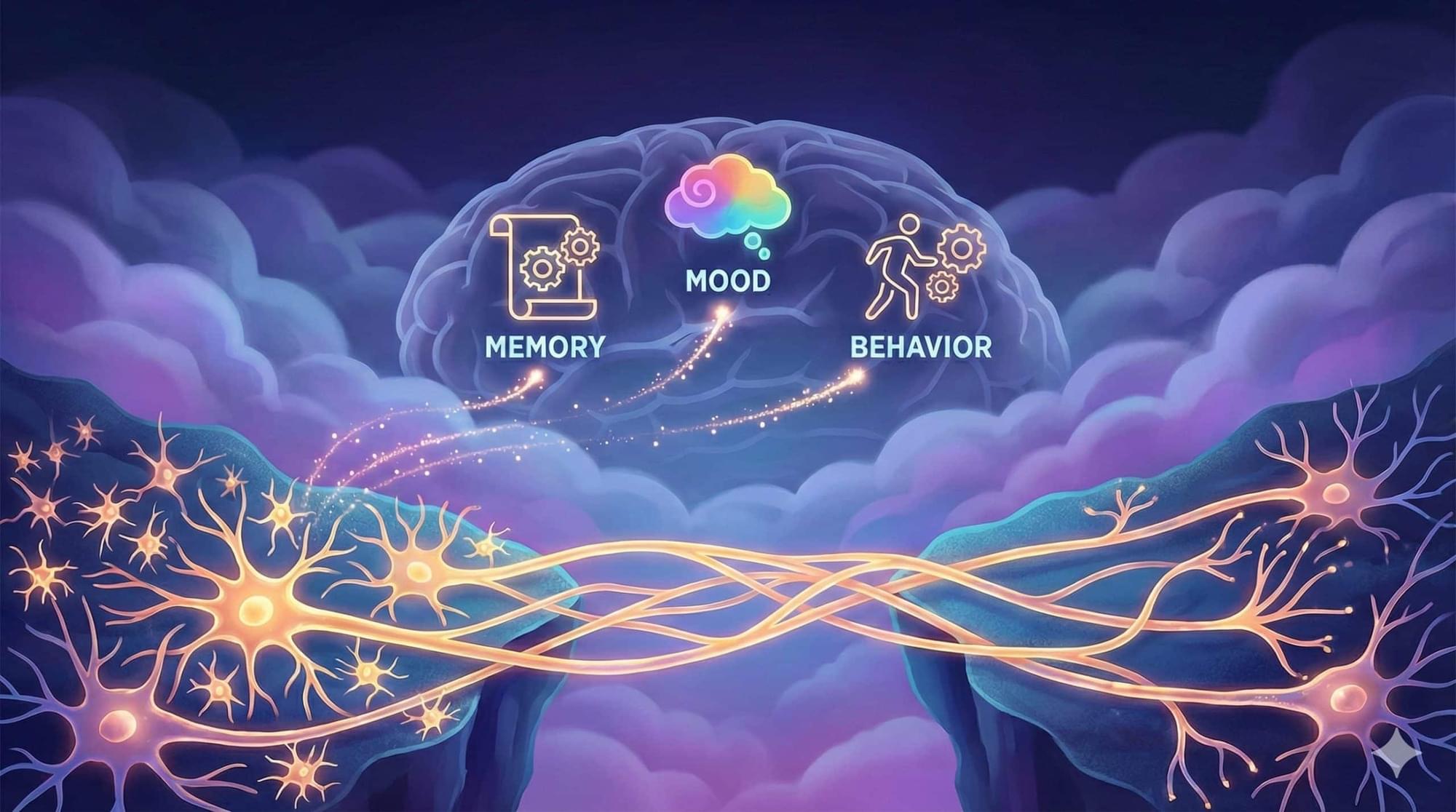What if the future of intelligence isn’t human? In this video, we explore Hans Moravec’s prophetic vision about Artificial Intelligence from his breakthrough book, Mind Children—a world where conscious, superintelligent AIs don’t just outthink us, but carry our legacy forward. Instead of fearing them, should we embrace them as the next phase of mind? If consciousness is our greatest gift, maybe our most important mission is to make sure it survives—even if that means passing the torch to our digital descendants.
0:00 Intro.
1:46 The Inevitability of Smarter, Conscious Machines.
4:45 Beyond Biology: The Short-Sightedness of Flesh-Centric Thinking.
6:09 AI Consciousness: A Lifeboat for the Mind.
8:07 Toward a Conscious Future.
9:02 Outro







